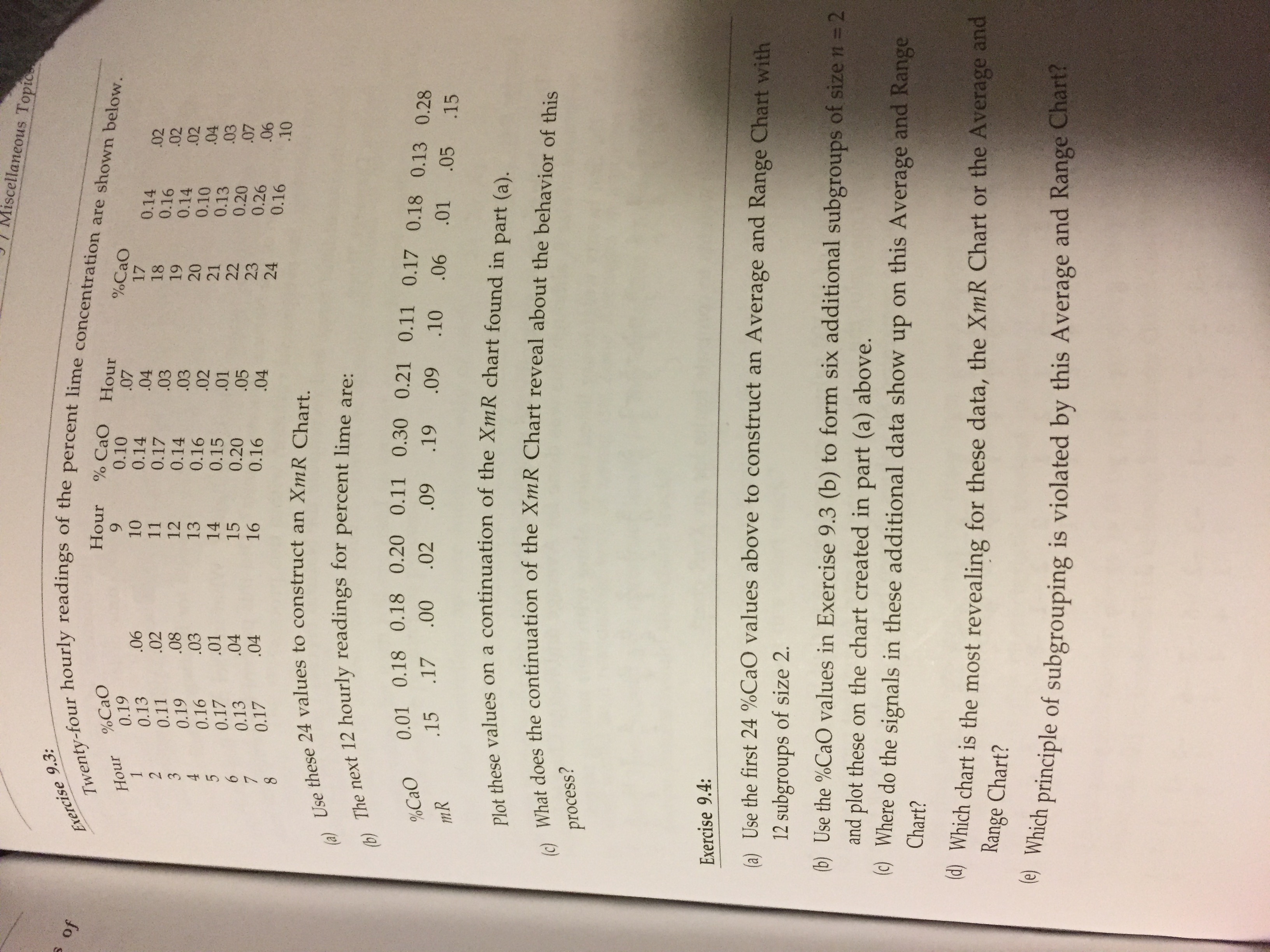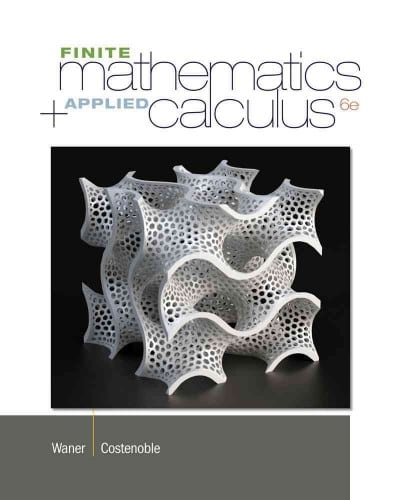Answered step by step
Verified Expert Solution
Question
1 Approved Answer
Only need an explanation for Exercise 9.3 (a) and 9.4 (a) / Miscellaneous Topics Exercise 9.3: % Cao Hour Twenty-four hourly readings of the percent
Only need an explanation for Exercise 9.3 (a) and 9.4 (a)

Step by Step Solution
There are 3 Steps involved in it
Step: 1

Get Instant Access to Expert-Tailored Solutions
See step-by-step solutions with expert insights and AI powered tools for academic success
Step: 2

Step: 3

Ace Your Homework with AI
Get the answers you need in no time with our AI-driven, step-by-step assistance
Get Started


